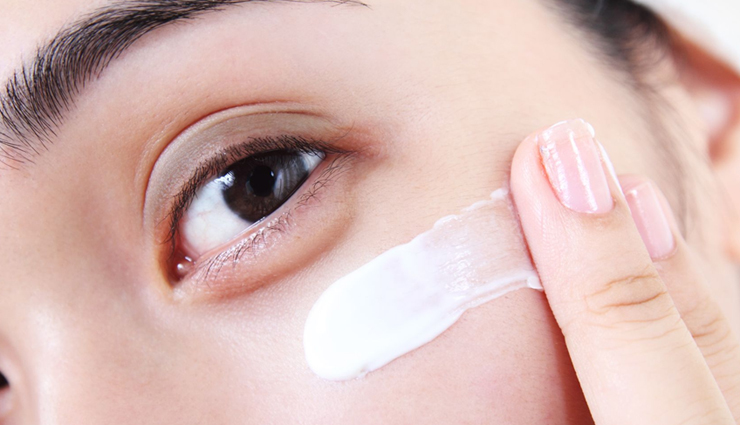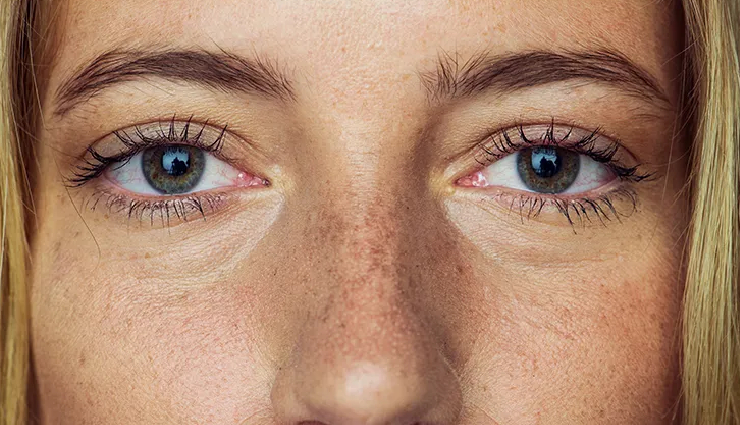5 Ingredients You Should Never Use Under Your Eyes
By: Priyanka Maheshwari Tue, 13 Feb 2024 1:11:06

A lesser-known detail is that the skin encircling your eyes ranks among the thinnest and most delicate regions of your body. Remarkably, it's one of the initial areas to display evident signs of aging, like fine lines.
Dissimilar to other facial regions, the skin beneath your eyes necessitates specialized attention due to its sensitivity. Familiarizing yourself with the ingredients to steer clear of under your eyes is crucial for addressing dark circles or minimizing puffiness—precisely, knowing which ingredients to avoid for under-eye skincare.

# Synthetic Fragrance
Application of synthetic fragrances near the lash line and eyelids may lead to redness and itching in this delicate area. Fragrances can also irritate the eyes, inducing inflammation, discomfort, and blurred vision. It's advisable to steer clear of products containing synthetic fragrances in proximity to the eyes.

# Steroids
Topical steroids, when applied under the eyes, can exacerbate skin thinning and heighten susceptibility to sun damage and allergies. It's prudent to explore alternative treatments like creams or ointments containing hyaluronic acid or retinol to address dark circles.

# Alcohol
Alcohol is notorious for depleting moisture from the skin, resulting in dryness and dehydration. Its use under the eyes can lead to irritation, impede skin regeneration, or even cause burns in some cases.

# Salicylic Acid
While salicylic acid serves as an effective anti-inflammatory for facial skin, its application on the delicate under-eye area may induce irritation, dryness, and increased susceptibility to wrinkles. Caution should be exercised when using salicylic acid around the eyes, preferably opting for products specially formulated for this area and consulting a dermatologist beforehand.

# Formaldehyde
Careful scrutiny of the ingredient list in your eye cream is essential to avoid formaldehyde, as it can readily penetrate the delicate skin under the eyes, triggering various adverse reactions such as swelling and rashes.





